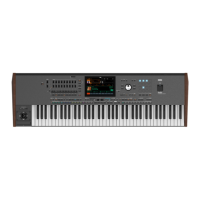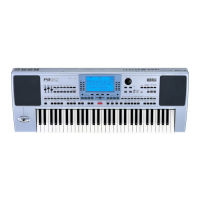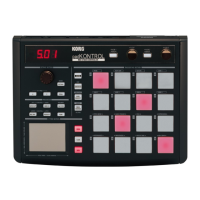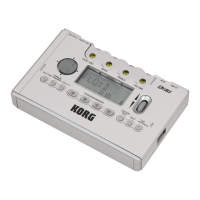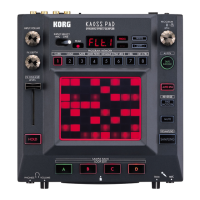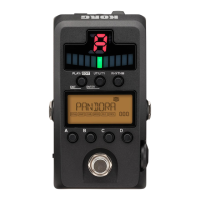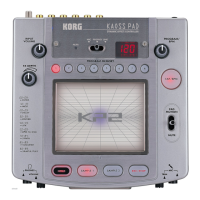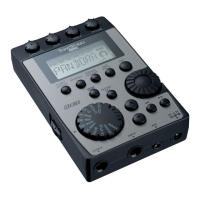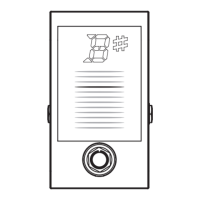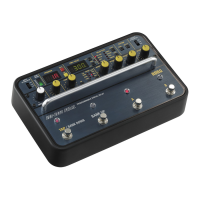What to do if my Korg Recording Equipment has no sound?
- UumcdowellAug 16, 2025
If you're not getting any sound from your Korg Recording Equipment, first, make sure the MASTER VOLUME slider isn't set to ‘0’. Unplug any jack inserted into the HEADPHONES connector. Check the connections to your amp or mixer, and ensure all components of the amplifying system are turned on. Also, verify that the Local Control parameter is turned on in the Settings > MIDI > General Controls page. If the Attack parameter value of the selected Sound is too high, set it to a lower value. If the Volume parameter is too low, set it to a higher value.
